The vulnerability of the Sri Lankan economy to global and domestic disturbances became increasingly visible in 2018, with a modest expansion in real economic activity amidst a low inflation environment during the year. Real GDP growth was recorded at 3.2 per cent in 2018, compared to 3.4 per cent in the previous year. This growth was largely supported by services activities that expanded by 4.7 per cent and the recovery in agriculture activities, which recorded a growth of 4.8 per cent. Industry activities slowed down significantly to 0.9 per cent during the year, mainly as a result of the contraction in construction. According to the expenditure approach, both consumption and investment expenditure supported growth. Investment as a percentage of GDP stood at 28.6 per cent in 2018 compared to 28.8 per cent in the previous year, while the savings-investment gap widened during the year indicating increased dependence on external resources to fill the shortfall.
Press Releases
Notices
07.11.2025
Rs. 77,000 million Treasury bills are to be issued through an auction on 12th November 2025
30.10.2025
Rs. 77,500 million Treasury bills are to be issued through an auction on 04th November 2025
24.10.2025
Rs. 57,000 million Treasury bills are to be issued through an auction on 29th October 2025







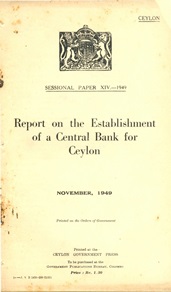
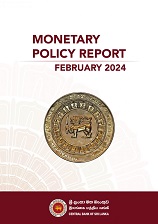
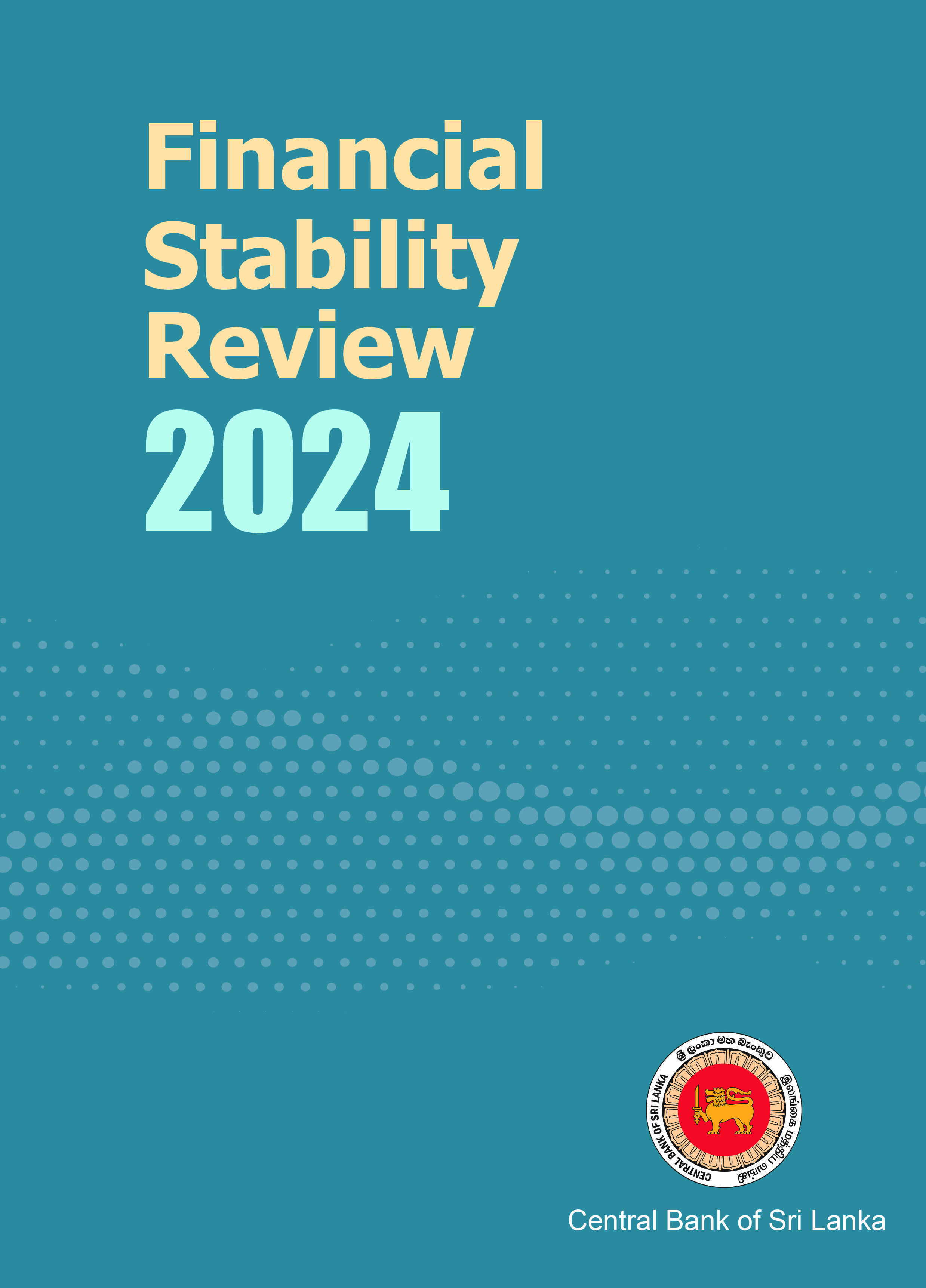



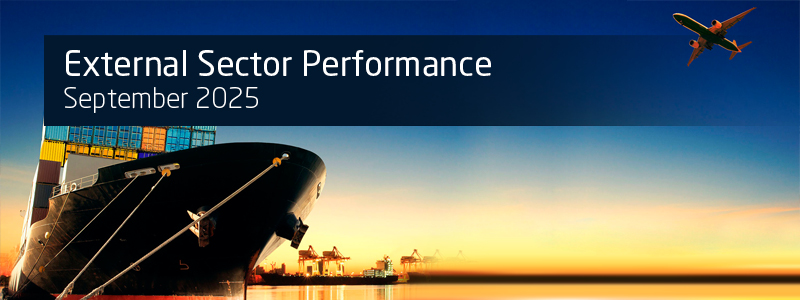
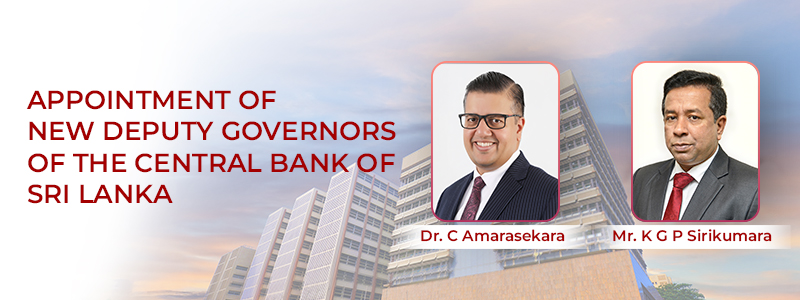


 Central Bank of Sri Lanka launched a Roadmap for Sustainable Finance in Sri Lanka on 10 April 2019 at the Sustainable Banking Network Global Meeting of the International Finance Corporation (IFC) in Washington, D.C, USA. This Roadmap provides a broad direction to financial regulators and financial institutions to effectively manage environmental, social and governance (ESG) risks associated with projects they finance and help increase assistance to businesses that are greener, climate-friendly and socially inclusive.
Central Bank of Sri Lanka launched a Roadmap for Sustainable Finance in Sri Lanka on 10 April 2019 at the Sustainable Banking Network Global Meeting of the International Finance Corporation (IFC) in Washington, D.C, USA. This Roadmap provides a broad direction to financial regulators and financial institutions to effectively manage environmental, social and governance (ESG) risks associated with projects they finance and help increase assistance to businesses that are greener, climate-friendly and socially inclusive.